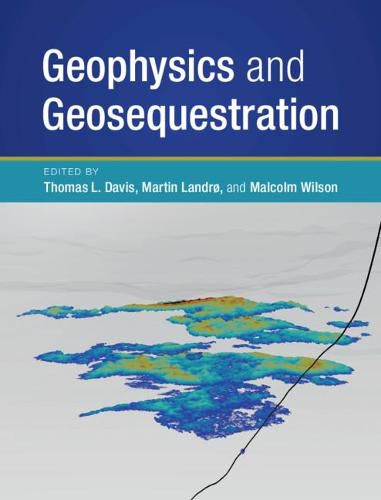Readings Newsletter
Become a Readings Member to make your shopping experience even easier.
Sign in or sign up for free!
You’re not far away from qualifying for FREE standard shipping within Australia
You’ve qualified for FREE standard shipping within Australia
The cart is loading…






Geosequestration involves the deep geological storage of carbon dioxide from major industrial sources, providing a potential solution for reducing the rate of increase of atmospheric concentrations of carbon dioxide and mitigating climate change. This volume provides an overview of the major geophysical techniques and analysis methods for monitoring the movement and predictability of carbon dioxide plumes underground. Comprising chapters from eminent researchers, the book is illustrated with practical examples and case studies of active projects and government initiatives, and discusses their successes and remaining challenges. A key case study from Norway demonstrates how governments and other stake-holders could estimate storage capacity and design storage projects that meet the requirements of regulatory authorities. Presenting reasons for embracing geosequestration, technical best practice for carbon management, and outlooks for the future, this volume provides a key reference for academic researchers, industry practitioners and graduate students looking to gain insight into subsurface carbon management.
$9.00 standard shipping within Australia
FREE standard shipping within Australia for orders over $100.00
Express & International shipping calculated at checkout
Geosequestration involves the deep geological storage of carbon dioxide from major industrial sources, providing a potential solution for reducing the rate of increase of atmospheric concentrations of carbon dioxide and mitigating climate change. This volume provides an overview of the major geophysical techniques and analysis methods for monitoring the movement and predictability of carbon dioxide plumes underground. Comprising chapters from eminent researchers, the book is illustrated with practical examples and case studies of active projects and government initiatives, and discusses their successes and remaining challenges. A key case study from Norway demonstrates how governments and other stake-holders could estimate storage capacity and design storage projects that meet the requirements of regulatory authorities. Presenting reasons for embracing geosequestration, technical best practice for carbon management, and outlooks for the future, this volume provides a key reference for academic researchers, industry practitioners and graduate students looking to gain insight into subsurface carbon management.